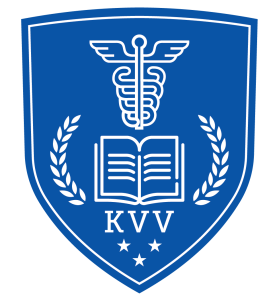Quadrant -I (Video)
Lecture notes on Gastrointestinal agents
Quadrant - II (Study Material)
1. Lecture notes on Gastrointestinal agents
View FileQuadrant - III (Assignments)
1. Gastrointestinal agent
The gastrointestinal tract (GIT) is a complex system responsible for digestion and waste elimination, including organs like the esophagus, stomach, intestines, rectum, and anus. When GIT functions are impaired, conditions such as achlorhydria, hyperacidity, diarrhea, constipation, and swallowing difficulties can arise. To address these issues, various agents are used: acidifying agents to increase stomach acidity, antacids to neutralize excess gastric acid, and laxatives to relieve constipation.
